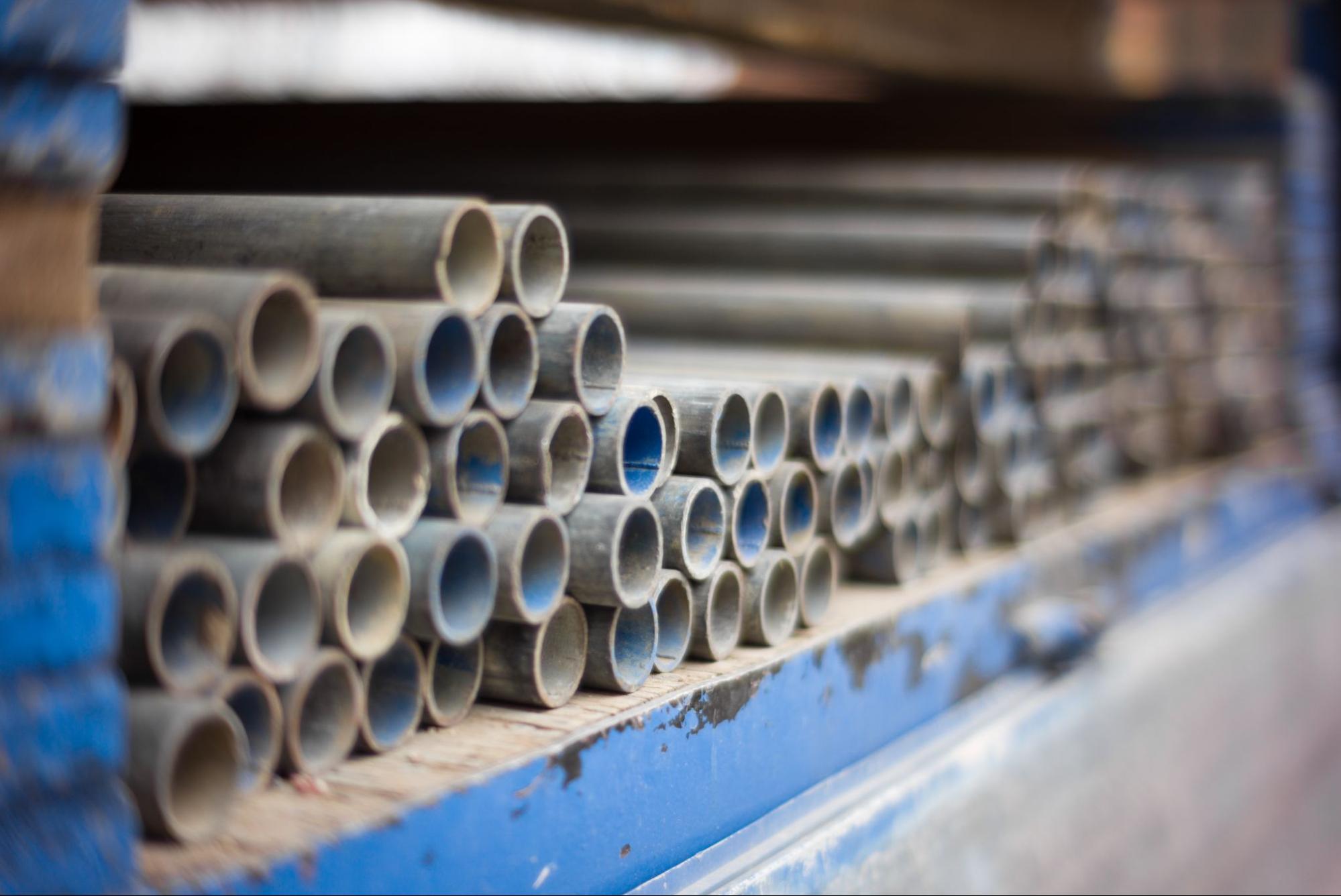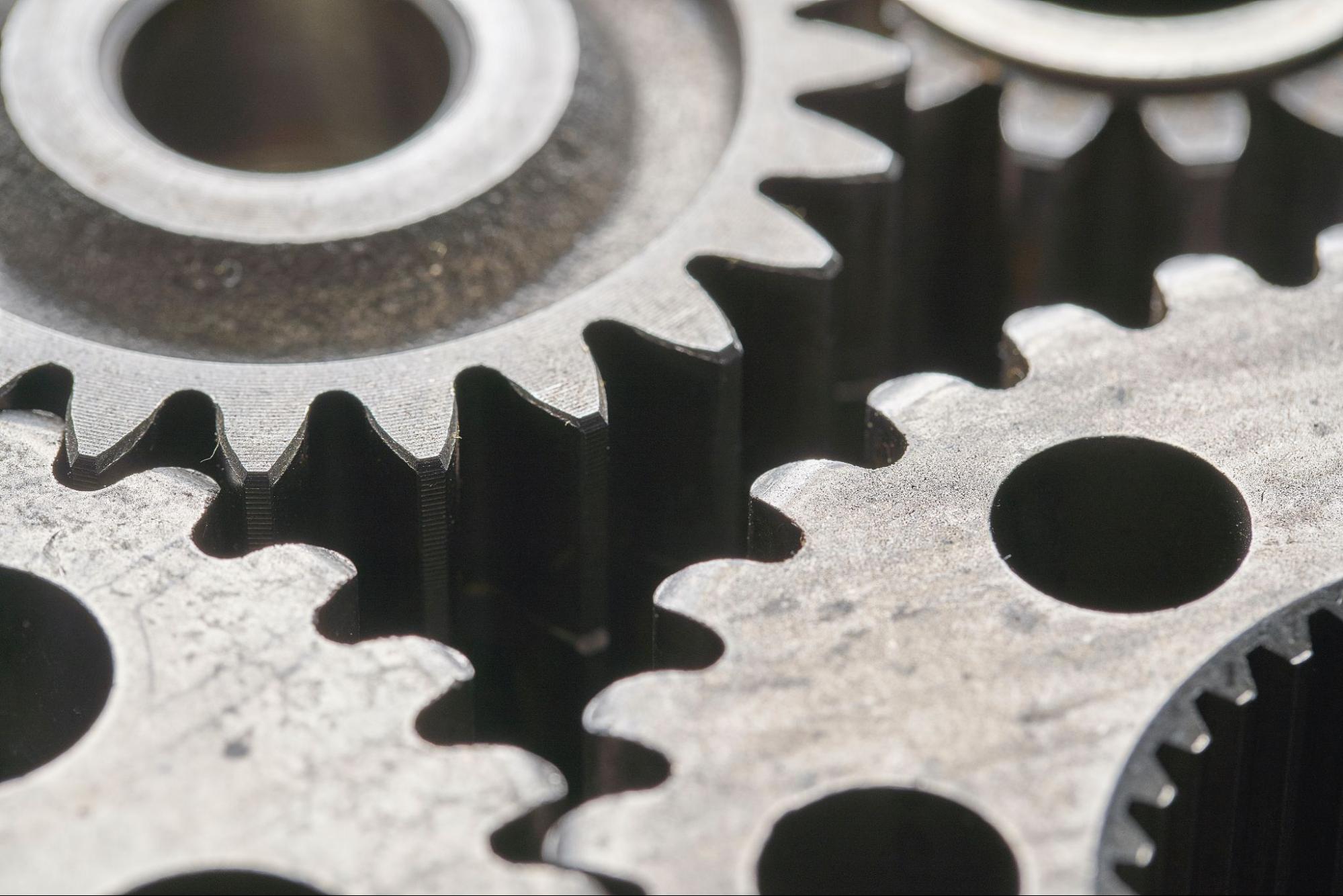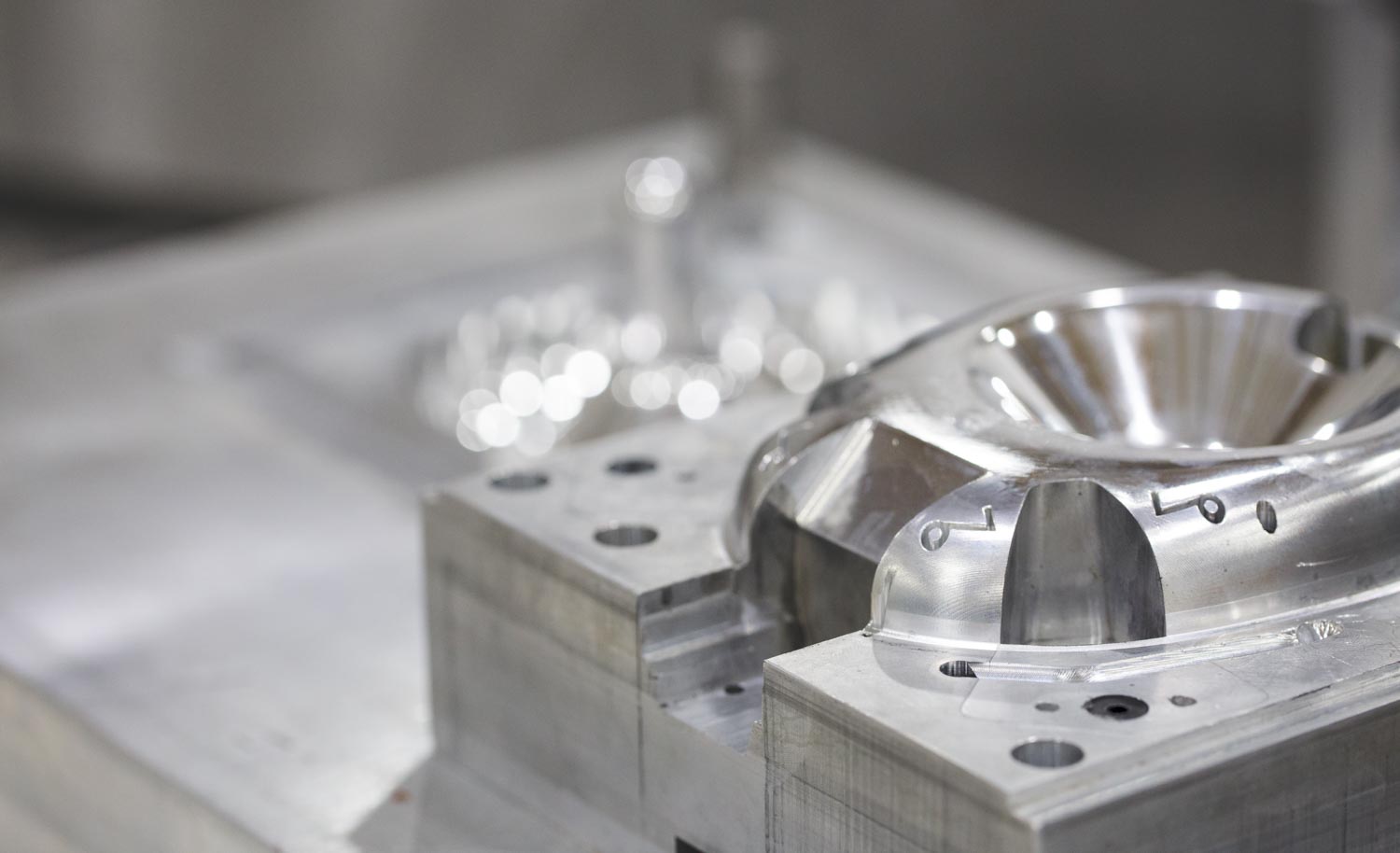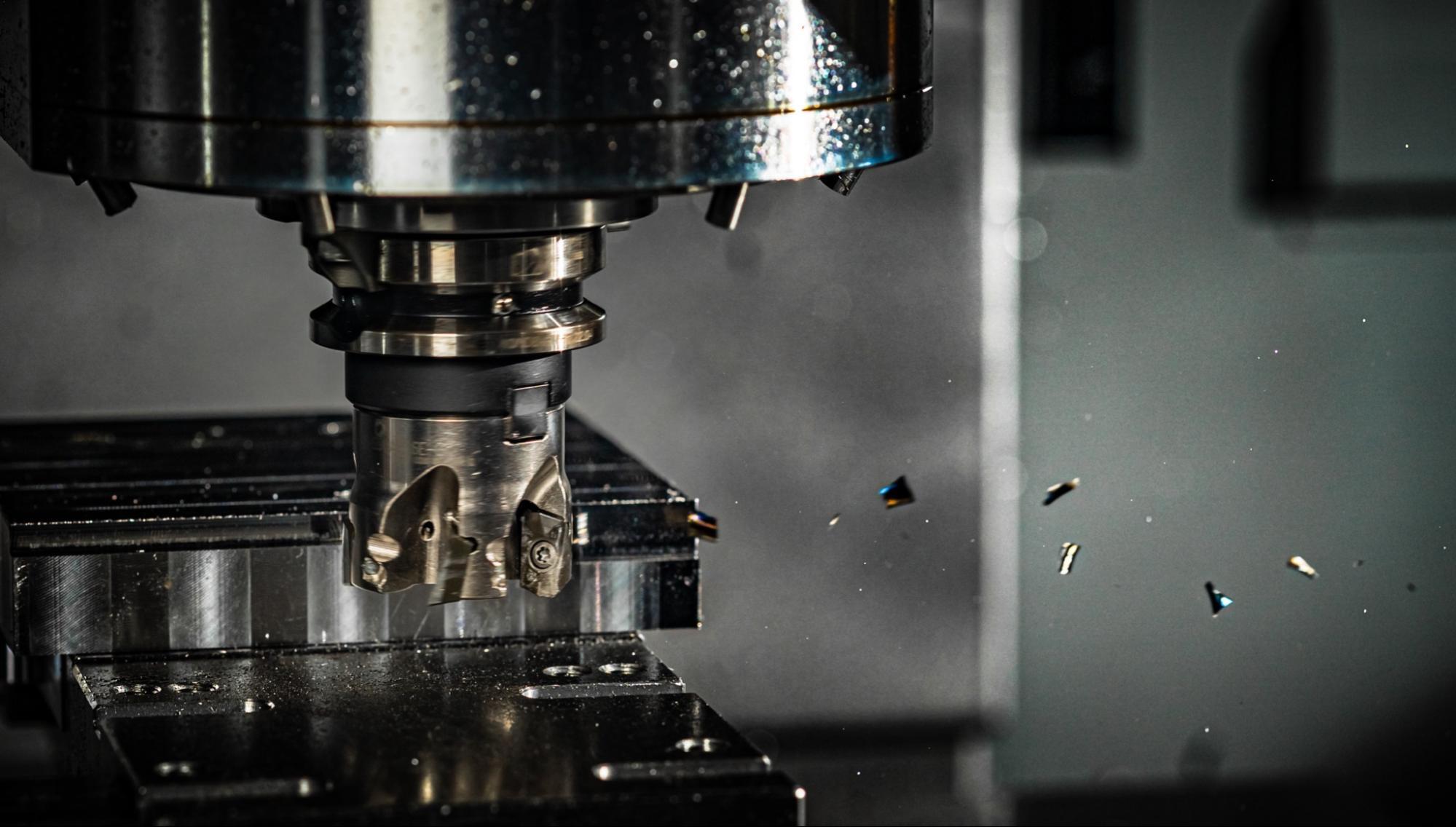Steel comes in many forms: various geometric shapes of metal plates, plates, bars and beams, pipes, and of course solid raw materials used in CNC machining of steel. Steel is used in so many applications and so many industries, so it makes sense to have many different types of steel. But what is the difference between stainless steel and low carbon steel? Free machining and tool steel? In this article, you will learn about many types of processed steel and how to successfully CNC process steel types.
What is steel?
Steel is a broad term for iron and carbon alloys. The carbon content (0.05%-2% by weight) and the addition of other elements determine the specific alloy of steel and its material properties. Other alloying elements include manganese, silicon, phosphorus, sulfur and oxygen. Carbon increases the hardness of steel At the same time, other elements can be added to improve corrosion resistance or workability. The content of manganese is usually higher (at least 0.30% to 1.5%) to reduce the brittleness of steel and increase its strength.

The strength and hardness of steel is one of its most popular characteristics. It is that make steel suitable for construction and transportation applications, because this material can be used for a long time under heavy and repeated loads. Some steel alloys, namely stainless steel varieties, are corrosion resistant, which makes them the best choice for parts that work in extreme environments.
However, this strength and hardness will also extend machining time and increase tool wear. Steel is a high-density material, which makes it too heavy for certain applications. However, steel has a high strength-to-weight ratio, which is why it is one of the most commonly used metals in manufacturing. In our manufacturing process, we often use the raw material stainless steel as
Metal Accessories Casting Parts .
Steel type
Let us discuss many types of steel. As steel, carbon must be added to iron. However, the content of carbon will vary, leading to great changes in its performance. Carbon steel usually refers to steel other than stainless steel, and is identified by the 4-digit grade of steel, more broadly speaking, it is low carbon steel, medium carbon steel or high carbon steel.
Low carbon steel: carbon content less than 0.30% (by weight)
Medium carbon steel: 0.3-0.5% carbon content
High carbon steel: 0.6% and above
The main alloying elements of steel are represented by the first number in the four-digit grade. For example, any 1xxx steel, such as 1018, will have carbon as the main alloying element. 1018 steel contains 0.14-0.20% carbon and small amounts of phosphorus, sulfur and manganese. This general-purpose alloy is commonly used for machining gaskets, shafts, gears and pins.

The easy-to-process grade carbon steel undergoes re-phosphating and re-phosphating treatments to break the chips into smaller pieces. This prevents long or large chips from being entangled with the tool during cutting. Machinable steel can speed up the processing time, but may reduce ductility and impact resistance.
Stainless steel
Stainless steel contains carbon, but also contains about 11% chromium, which increases the corrosion resistance of the material. More chromium means less rust! Adding nickel can also improve rust resistance and tensile strength. In addition, stainless steel has good heat resistance and is suitable for aerospace and other applications in extreme environments.
According to the crystal structure of the metal, stainless steel can be divided into five types. The five types are austenite, ferrite, martensite, duplex and precipitation hardening. Stainless steel grades are identified by three digits instead of four digits. The first number represents the crystal structure and main alloying elements.
For example, 300 series stainless steel is an austenitic chromium-nickel alloy. 304 stainless steel is the most common grade, also known as 18/8 because its chromium content is 18% and nickel content is 8%. 303 stainless steel is a free machining version of 304 stainless steel. The addition of sulfur reduces its corrosion resistance, so type 303 stainless steel is more prone to rust than type 304.
Stainless steel can be used in a wide range of industries. Type 316 stainless steel can be used for medical equipment, such as valve parts in machines and pipelines, after proper processing. 316 stainless steel is also used for machining nuts and bolts, many of which are used in the aerospace and automotive industries. 303 stainless steel is used for gears, shafts and other parts necessary for airplanes and automobiles.

Tool steel
Tool steel is used to manufacture tools for various manufacturing processes, including die casting, injection molding, stamping and cutting. There are many different tool steel alloys that can be used for different applications, but they are all known for their hardness. Each of them can withstand the wear and tear of multiple uses (the steel mold used for injection molding can withstand a million times or more of the material), and has high temperature resistance.
A common application of tool steel is injection molds, which are processed by hardened steel CNC to produce the highest quality production parts. H13 steel is usually selected because of its good thermal fatigue properties-its strength and hardness can withstand long-term exposure to extreme temperatures. H13 mold is very suitable for advanced injection molding materials with high melting temperature, because it provides longer mold life than other steels-500,000 to 1 million times. At the same time, S136 is stainless steel, with a mold life of more than one million times. This material can be polished to the highest level and used in special applications where high optical clarity is required.

Steel processing
Some of the most useful properties of steel come from additional processing and processing steps. These methods can be carried out before processing to change the properties of the steel and make the steel easier to process. Remember that hardening the material before machining will extend machining time and increase tool wear, but steel can be treated after machining to increase the strength or hardness of the finished product. That said, it is important to think ahead of any planned treatments that you need to apply to achieve the necessary properties for your parts.
Heat treatment
Heat treatment refers to several different processes that involve manipulating the temperature of steel to change its material properties. An example is annealing, which is used to reduce hardness and increase ductility, making steel easier to process. The annealing process slowly heats the steel to the required temperature and maintains it for a period of time. The time and temperature required depend on the specific alloy and decrease as the carbon content increases. Finally, the metal cools slowly in the furnace or is surrounded by insulating materials.
Normalizing heat treatment can eliminate internal stress in steel while maintaining higher strength and hardness than annealed steel. During the normalizing process, the steel is heated to a high temperature and then air-cooled to obtain a higher hardness.
Hardened steel is another heat treatment process, you guessed it, it hardens steel. It will also increase strength, but it will also make the material more brittle. The hardening process involves slowly heating the steel, soaking it at high temperatures, and then immersing the steel in water, oil, or a brine solution for rapid cooling.
Finally, the tempering heat treatment process is used to reduce the brittleness of the quenched steel. Tempered steel is almost identical to normalizing: it is slowly heated to a selected temperature, and then the steel is air-cooled. The difference is that the tempering temperature is lower than other processes, which reduces the brittleness and hardness of tempered steel.
Precipitation hardening
Precipitation hardening increases the yield strength of steel. Certain grades of stainless steel may include a PH value in the name, which means that they have precipitation hardening properties. The main difference between precipitation hardening steels is that they contain additional elements: copper, aluminum, phosphorus or titanium. There are many different alloys here. In order to activate the precipitation hardening properties, the steel is formed into the final shape and then subjected to an age hardening treatment. The aging hardening process heats the material for a long time to precipitate the added elements and form solid particles of different sizes, thereby increasing the strength of the material.
17-4PH (also known as 630 steel) is a common example of precipitation hardening grades for stainless steel. The alloy contains 17% chromium and 4% nickel, and 4% copper, which helps precipitation hardening. Due to increased hardness, strength and high corrosion resistance, 17-4PH is used for helicopter deck platforms, turbine blades and nuclear waste barrels.
Cold working
The properties of steel can also be changed without applying a lot of heat. For example, cold-worked steel is made stronger through a work hardening process. When metal is plastically deformed, work hardening occurs. This can be achieved by hammering, rolling or drawing metal. During processing, if the tool or workpiece is overheated, work hardening will also occur unexpectedly. Cold working can also improve the workability of steel. Mild steel is very suitable for cold working.
Precautions for steel structure design
When designing steel parts, it is important to remember the unique characteristics of the material. The characteristics that make it very suitable for your application may require additional consideration of design for manufacturing (DFM).
Due to the hardness of the material, processing steel takes longer than other softer materials (such as aluminum or brass). You need to use the correct machine settings to optimize machining quality and minimize tool wear. In practice, this means slower spindle speeds and feed rates to protect your parts and molds.

Even if you do not do the processing itself, you should still evaluate the steel grade that is suitable for your project, not only in terms of hardness and strength, but also in consideration of differences in workability. For example, the processing time of stainless steel is approximately twice that of carbon steel. When deciding on different grades, you also have to consider which attributes are the highest priority and which steel alloys are easily available. Commonly used grades, such as 304 or 316 stainless steel, have a wider range of stock sizes to choose from, and it takes less time to find and purchase.
-------------------------------------------------END-----------------------------------------------------
Edit by Rebecca Wang





